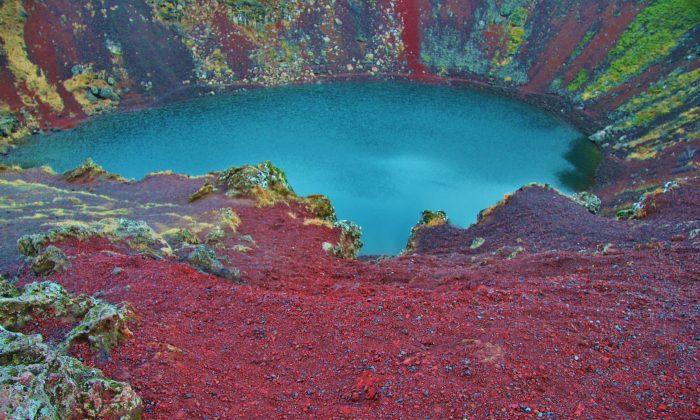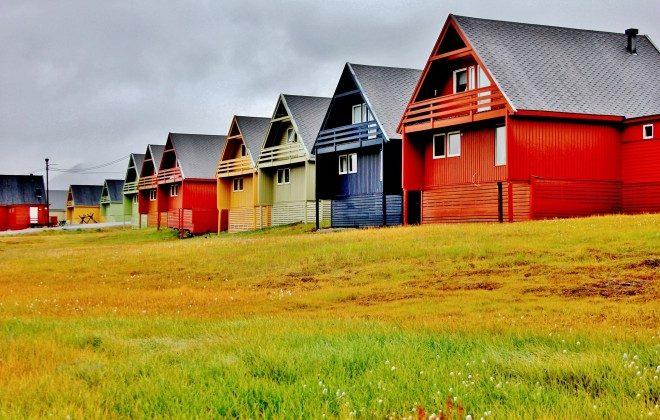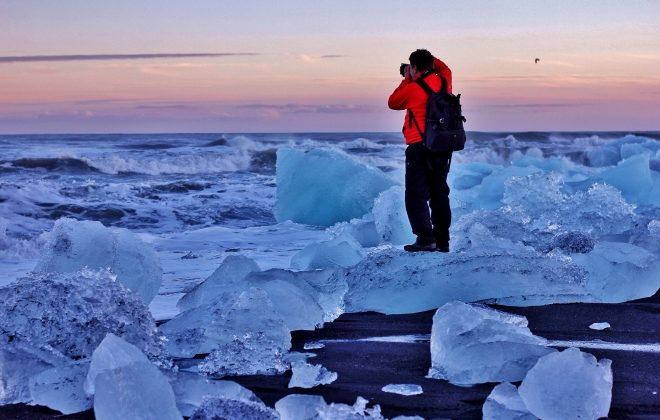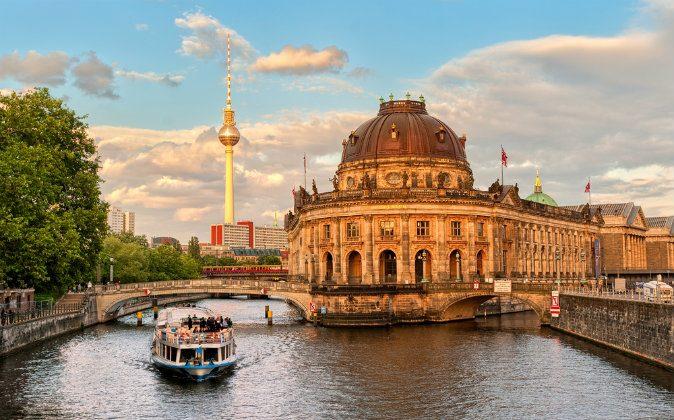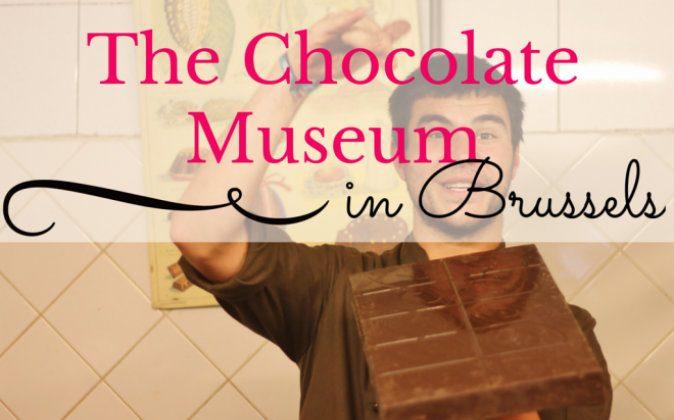Iceland is world famous for its diverse and unique geothermal landscape, and one of the greatest things about visiting here is its uniqueness which captures you from all directions.
After arriving in Keflavik ,the nearest Airport to the capital city of Reykjavik, you don’t have to look far to see plumes of smoke rising from the ground, natural hot springs, waterfalls, bubbling mud pots and erupting geysers, in fact you can see all this on the Golden Circle tour. After hiring a car and driving to see and explore its attractions, I couldn’t recommend any visit to Reykjavik without a day or more spent along this driving route. The Golden Circle has many attractions, but the three most famous attractions are:
- 1. Thingvellir (Þingvellir) National Park, a UNESCO World Heritage Site
- 2. The geysers including the Great Geysir and Strokkur Geysir
- 3. Gullfoss waterfall
Together, these three areas make up an unrivalled team of intense nature. But as well as these giants, there are also several other places to stop off including Kerid crater, a 3,000 year old volcanic crater lake that was my last stop on the Golden Circle route before heading back to Reykjavik.

Hiring a car in Iceland is favourable because there are so many smaller, eye-catching sights on the road that being able to pull up and get closer is just the type of freedom the curious mind aches for! However, guided tours definitely have their perks, and usually take less organising, so which ever choice you make it really is a win-win situation.
The whole tour requires about 4 hours of driving time and after you add the time which will be needed to enjoy each attraction, you really do need to put aside a full day. To give you an idea of the driving route I’ve created a little map of Southwest Iceland that shows the main attractions of the Golden Circle. Some tours only go to Thingvellir, Geyser and Gullfoss, but for those hiring a car I would definitely suggest making time for Kerid crater, it also means its distinctively lacking in large groups of tourists. In fact, Alex and I were the only people there!
Stop no.1: Thingvellir National Park

As you walk into Thingvellir National Park, you are walking through area that’s part of a fissure zone running through Iceland, being situated on the tectonic plate boundaries of the Mid-Atlantic Ridge. You can see the rifting of the earth’s crust through many faults and fissures in the ground’s surface. But Thingvellir is not just a site of geological importance but a cultural and historical one, being the founding home to Althingi, the parliament of Iceland in the year 930AD – for this reason it was inscribed into the list of UNESCO World Heritage Sites in 1994.
Stop no.2: Geyser Area
“‘Geyser’ from the Icelandic verb geysa, ’to gush', the verb itself from Old Norse.
Strokkur Geysir (the Icelandic’s spelt ‘geyser’ with and ‘i’) and The Great Geysir are both located by the Hvítá River in Southwestern Iceland, and is the second location visited on the spectacular Golden Circle Route.

Upon arriving at the Geyser area, the smell of sulphur in the air is what hits you at first! Pong! And multiple bubbling hot pools are in every direction, and a low steam meanders around your feet. Suddenly in the distance, a huge jet of water appears, 20m high spraying upwards, and the sound of gasps and people clapping can be heard – welcome to Strokkur Geysir – the sheer power of nature exposed in all its glory.
Strokkur (Icelandic for ‘churn’) is a fountain geyser, erupting every 4 to 5 minutes. Before Strokkur erupts, the pool of water begins to churn and bubble, turning in and out of itself. People stand around in great anticipation in silence with their cameras prepared. The pool begins to turn and toil, like the witches cauldron in Shakespeare’s Macbeth and then it erupts, propelling a great jet of water into the air. Sometimes it catches you off guard and shoots out an even bigger jet immediately after shown on this short video clip I managed to capture:
The Great Geyser is located approximately 50m away from Strokkur. The Great Geyser is the first geyser to have been described in printed source and the first known to modern Europeans, and has been active for 10,000 years! Unfortunately, the Great Geyser now remains fairly dormant, and has done since 1916, however, earthquake activity in the area in the year 2000 briefly brought it back to life, but now only erupts every few days or so. Perhaps you'll be one of the lucky few who see this happen!
Stop no.3: Gulllfoss Waterfall
Copyright © 2014 by The Culture Map. This article was written by Shing Lin Yoong and originally published on www.theculturemap.com

